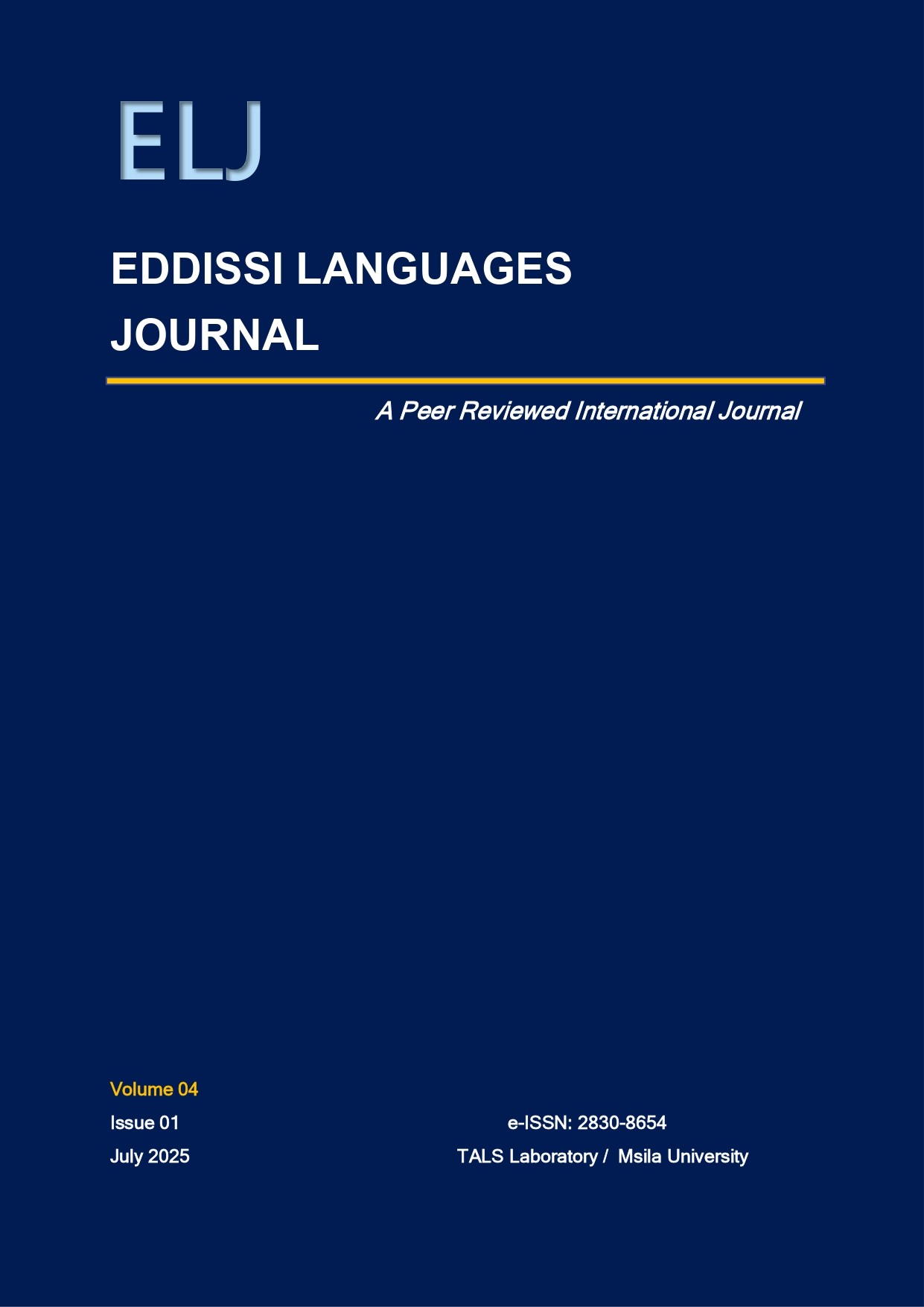Blending Learning, Bridging Cultures: Coil For Efl Speaking And Writing
Mots-clés :
Blended learning, Productive skills, COIL programs, Intercultural communicationRésumé
As the cognizance of living in a globalized world intensifies, the need to foster both intercultural competence and productive skills in English as a Foreign Language (EFL) classrooms has become increasingly urgent. Linguistic proficiency alone is not sufficient to navigate the complexities of this interconnected world; therefore, fostering an ability to move from a state of monoculturalism to bi- or multi-culturalism should be a priority for EFL teachers (Damen, 1987). As a natural consequence of current technological advancements, blended learning emerges as an innovative teaching approach that combines face-to-face and online language instruction for maximum learner engagement. This paper intends to explore how Collaborative Online International Learning (COIL) Programs, as a form of blended learning, promote meaningful intercultural communication to improve learners’ speaking and writing skills ultimately. By integrating online blogs for reflective writing and video conferencing for real-time cross-cultural discussions, this COIL-based blended learning model creates authentic communicative opportunities while fostering the learners’ productive skills. This paper offers a conceptual exploration, drawing on existing literature and theoretical perspectives to examine the pedagogical implications of COIL models and their potential to position EFL learners as global citizens who understand the nuances of intercultural encounters and articulate their thoughts with clarity and accuracy in both writing and speaking communication.
Téléchargements
Publiée
Comment citer
Numéro
Rubrique
Licence
You are free to:
- Share — copy and redistribute the material in any medium or format
- Adapt — remix, transform, and build upon the material
- The licensor cannot revoke these freedoms as long as you follow the license terms.
Under the following terms:
- Attribution — You must give appropriate credit , provide a link to the license, and indicate if changes were made . You may do so in any reasonable manner, but not in any way that suggests the licensor endorses you or your use.
- NonCommercial — You may not use the material for commercial purposes .
- No additional restrictions — You may not apply legal terms or technological measures that legally restrict others from doing anything the license permits.
Notices:
You do not have to comply with the license for elements of the material in the public domain or where your use is permitted by an applicable exception or limitation .
No warranties are given. The license may not give you all of the permissions necessary for your intended use. For example, other rights such as publicity, privacy, or moral rights may limit how you use the material.




